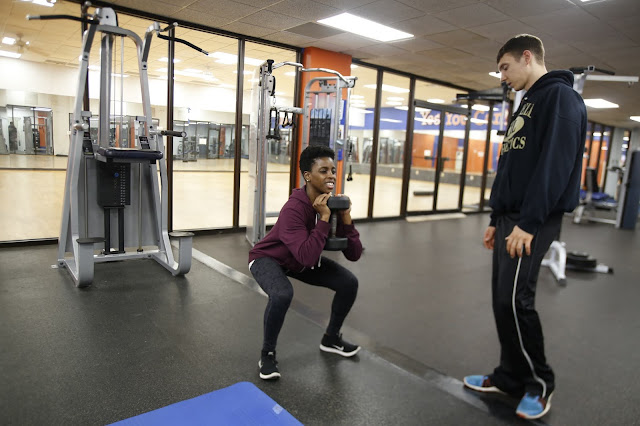#Restdays: What’s Your Rest and Recovery Day Routine?
One of the fitness trends for 2020 might surprise you: more rest. ACSM survey statistics show trainers are placing a greater emphasis on balancing intense training with recovery, massage, and stretching, while analysts are tracking an increasing use of the hashtag “restday” on social media. After hopping on HIIT workout trend, many people are realizing their bodies need a little more R&R between increasingly more challenging fitness center sessions.
We all know rest days are important, but let’s confess – some of us don’t always fit them into our routine. We get addicted to seeing results from our hard work at the gym, and since we feel good, we push our limits. There’s nothing wrong with pushing your limits (that’s where you start to see the best results!), but failing to give the body rest days is a recipe for fatigue, overuse injuries, burnout, and even sickness.
The exact number of ideal rest days will be different for each person, but fitness experts recommend that beginners rest every third day, and more experienced athletes rest at least once a week. Everyone, regardless of their level, should “de-train” (go off-program or lower the intensity of your routine) once every 8 weeks or so.
What constitutes “rest”?
If you’re like most, you probably fall somewhere between interpreting “rest day” as “light workout day” and sitting on the couch watching T.V. in your pajamas all day. There’s danger in both.
Many people have a good habit of rotating the muscle groups they work on the days they hit the weight rack. This makes it seem excusable to work “rested” muscles every day. But muscles aren’t the only part of our bodies that need rest – so does our nervous system, which runs the entire show. Failing to rest from intense training at least 1 or 2 days a week can quickly sabotage your results and set you up for injury.
On the other end of the spectrum, some people take “rest day” to mean “lazy day.” While it’s okay to rest entirely when your body needs it (for instance, you’re recovering from an illness or injury), our bodies are designed for movement and stimulation. Movement on rest days will also relieve muscle soreness and keep them from stiffening up so you’ll be ready for the next workout.
What does a good #restday look like?
Rest days are designed for recovery, so unless you’re taking an easy walk on the treadmill, you should be spending them outside the fitness gym. Getting away from the gym on rest days also gives you a mental break from constant reminders of your goals, challenges, and next workout on the calendar.
Here are some good ways to use your rest day that benefit both the body and mind:
- An easy walk or hike with your family or a friend
- Easy biking or swimming
- Participating in a fun, non-intense sport
- Stretching and using your foam roller
- Doing yoga or tai-chi
Whichever activities you choose to do on your rest and recover days, make sure you’re doing just that. Resting is not slacking – it’s an important part of balancing your health and fitness, and it can improve the speed of your results on those hard workout days.



Comments
Post a Comment